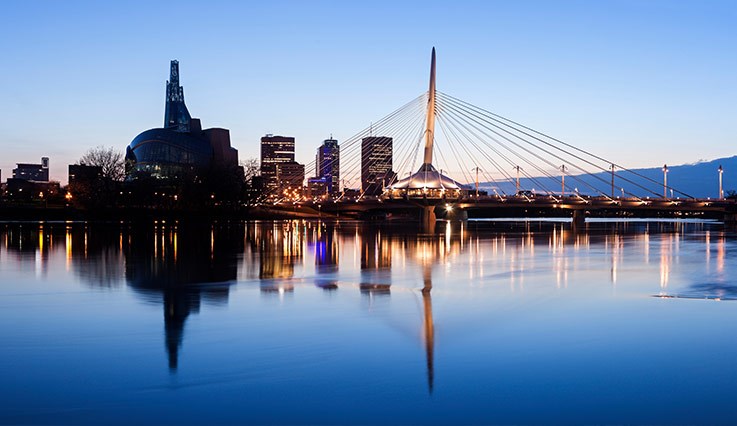This year the upstart Winnipeg Jets were the only Canadian team in years to get deep into the Stanley Cup playoffs, but Manitoba has quietly been posting a number of firsts recently.
Canada’s central province is often overlooked and underrated.
Flanked this spring by the histrionics of the Ontario provincial election on one side and the hysteria of an interprovincial pipeline battle on the other, Manitoba was perhaps grateful to be running under the radar.
But the province has a right to voice more “white noise” cheers, as detailed in a provincial economic report released in May.
The report noted that Manitoba leads the country with a near 40 per cent increase in auto sales this year. It is also No. 1 in farm cash receipts, which increased 8.8 per cent in 2017 to a record $6.5 billion. Manitoba farmers set a record in major crop production last year, with crop receipts up 8.8 per cent from a year earlier.
In the mining sector, Manitoba increased gold production by nearly 21 per cent in the first two months of this year.
Manitoba’s real GDP is forecast to grow by 2 per cent this year, just slightly off the national GDP pace.
And, to top it all off, Manitoba’s population has increased to 1.34 million and, for first time, its working-age population has surpassed one million. A big reason for the population increase is in-migration. Last year an average of more than 1,000 people moved into Manitoba, most of them from foreign countries.
“As its two Prairie neighbours rebound from a deep trough caused by the collapse of commodity prices in the carbon-based sector as well as the potash industry, the diversified and stable Manitoba economy continues to make headway and is expected to stay among the provincial leaders,” noted the Conference Board of Canada in its 2018 outlook for provincial economies.
As for real estate, Winnipeg – which accounts for 62 per cent of Manitoba’s population – has the second-lowest downtown office vacancy rate among western Canadian cities at 8.8 per cent.
Winnipeg’s industrial market has seen vacancy rates fall to 2.9 per cent, the lowest level in five years. At the same time, net absorption and average net rents are both ramping higher.
In the multi-family rental sector, Winnipeg has a healthy vacancy rate of 2.8 per cent, the average rent for a two-bedroom is $1,100 and investors can still find apartment buildings for $100,000 a door.
For those in Vancouver wondering how they will ever afford a home,Winnipeg could be a viable option. The average price of a nice detached house in the Manitoba capital is $326,000, among the lowest of any major city.
Yes, Manitoba has a lot more to offer than Canada’s best hockey team.



